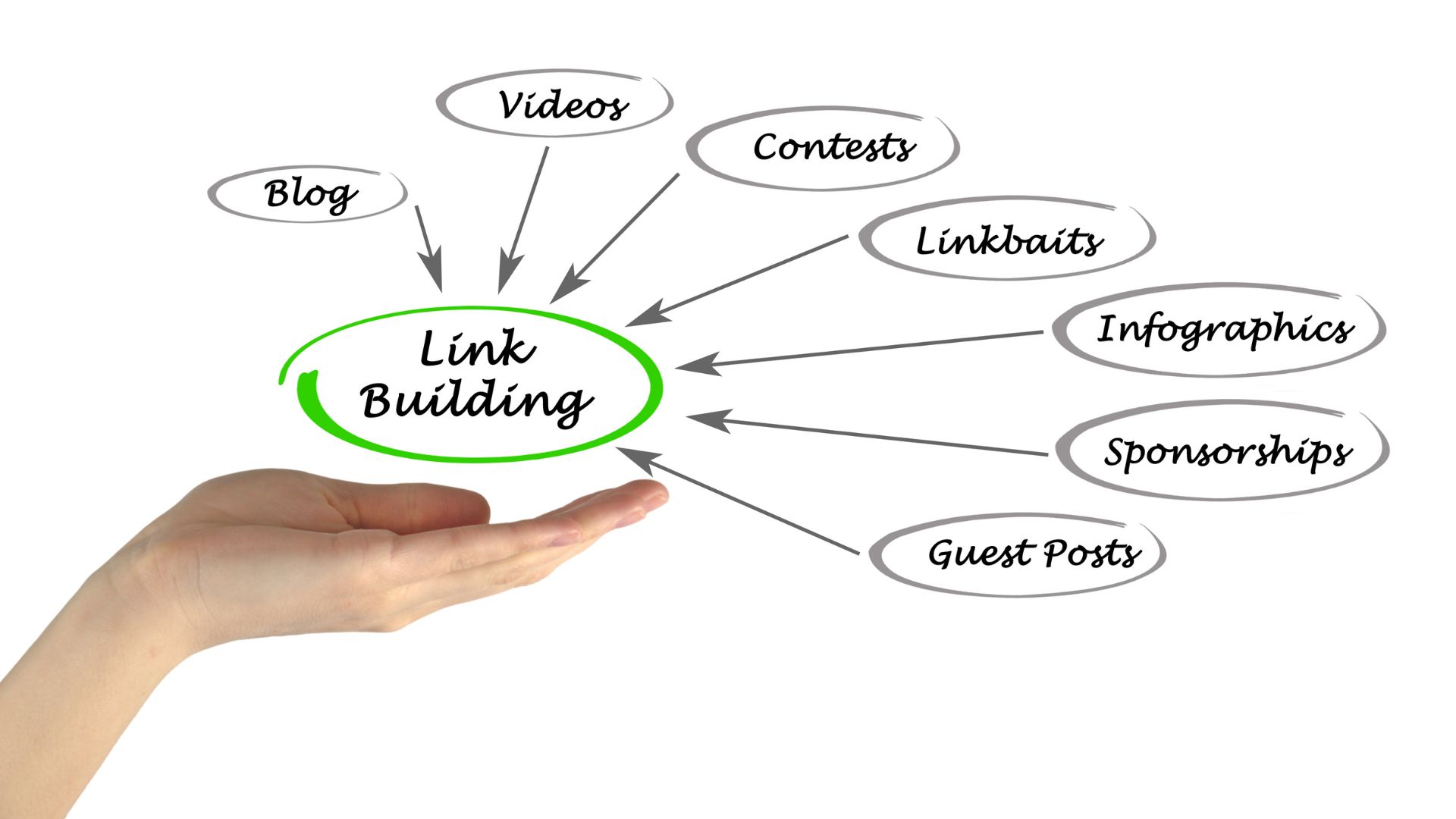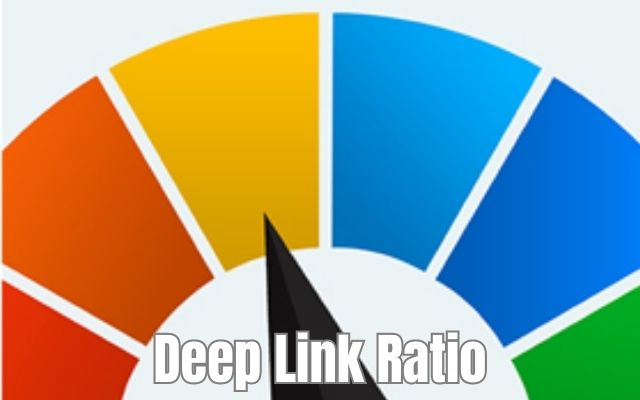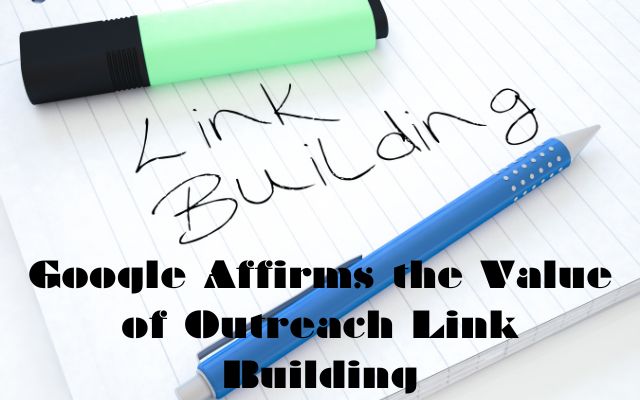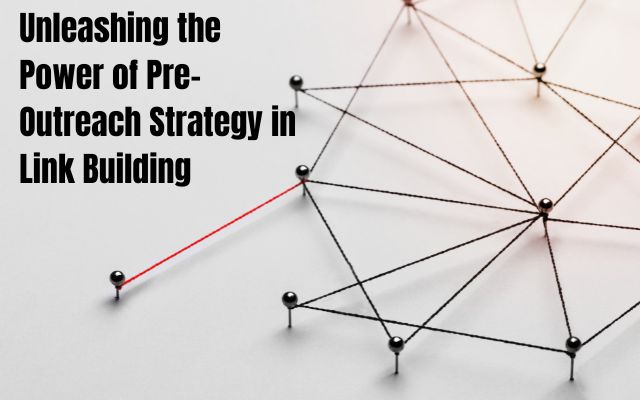Linkable Assets For Effective Link Building
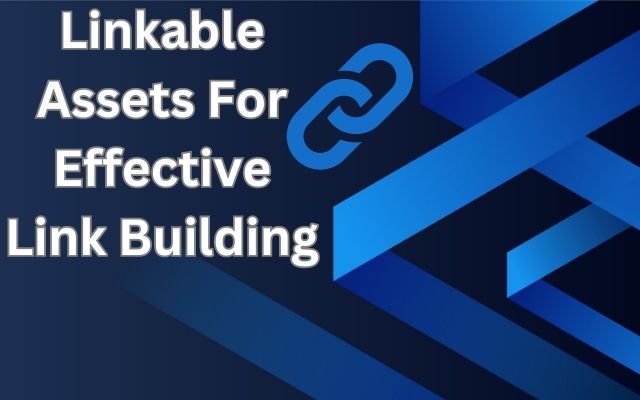
Utilizing linkable assets is essential for effective link building strategies. In the world of search engine optimization (SEO), link building plays a crucial role in improving a website’s visibility and organic search rankings. However, simply acquiring links from any source is no longer enough to achieve success. Modern link building strategies require a more sophisticated approach, and one of the most effective tactics is creating linkable assets. Here we will cover the concept of linkable assets and provide you with valuable insights on how to create and leverage them for successful link building campaigns.
Understanding Linkable Assets:
A linkable asset is a piece of content or resource on a website that is highly valuable, informative, or engaging, making it naturally attractive for other websites to link to. Linkable assets are specifically created with the intention of earning backlinks from external sources. These assets are designed to provide value to the target audience and are typically unique, well-researched, and of high quality.
Linkable assets come in various forms, such as informative articles, comprehensive guides, interactive tools, research studies, infographics, videos, expert interviews, case studies, and curated resource lists. The key characteristic of a linkable asset is its ability to offer something valuable to users, making it shareable and link-worthy.
When other websites find a linkable asset relevant and useful, they may naturally link to it as a reference or as a valuable resource for their own audience. These backlinks are essential for search engine optimization (SEO) as they signal to search engines the credibility, authority, and popularity of the linked website, thus positively impacting its organic search rankings.
Creating and promoting linkable assets is an effective strategy for generating quality backlinks, increasing website visibility, driving referral traffic, and establishing the website’s authority within its industry. It requires a thorough understanding of the target audience, careful research, and a focus on delivering exceptional value through the content.
Identifying Your Target Audience
Before diving into the creation process, it’s crucial to identify your target audience. Understanding their needs, interests, and pain points will help you develop linkable assets that resonate with them. Conduct thorough research, analyze your existing customer base, and utilize tools like surveys, social media listening, and keyword research to gain insights into your target audience’s preferences.
Brainstorming Linkable Asset Ideas:
Once you have a clear understanding of your target audience, it’s time to brainstorm ideas for your linkable assets. Look for knowledge gaps, trends, or emerging topics within your industry. Consider creating comprehensive guides, expert interviews, case studies, or curated resource lists that provide unique and valuable information. Interactive assets such as quizzes, calculators, or tools can also be highly engaging and link-worthy.
Creating High-Quality Linkable Assets:
When creating linkable assets, focus on quality and originality. Ensure that your content is well-researched, accurate, and up-to-date. Use compelling visuals, interactive elements, and multimedia components to enhance user experience. Incorporate strong storytelling techniques and aim to deliver information in an engaging and easily digestible manner. Make your content visually appealing and shareable to increase its chances of being linked to by other websites.
Promoting Your Linkable Assets:
Once your linkable asset is ready, it’s time to promote it strategically. Start by reaching out to relevant influencers, industry experts, and authoritative websites, informing them about your asset and its value to their audience. Utilize social media platforms, email marketing, and content distribution networks to amplify your asset’s reach. Consider guest blogging or partnering with other websites to further promote your content and gain quality backlinks.
Monitoring and Measuring Success:
After promoting your linkable asset, it’s essential to monitor its performance and measure the success of your link building campaign. Utilize tools like Google Analytics, Ahrefs, or Moz to track the number of backlinks, referral traffic, and search rankings associated with your asset. Analyze the data to identify patterns, understand what works best, and refine your future link building strategies accordingly.
Applications of E-A-T in Linkable Content
When it comes to creating linkable content, one of the key considerations is E-A-T (Expertise, Authoritativeness, and Trustworthiness). E-A-T is a concept introduced by Google to evaluate the quality and credibility of content. In this article, we will explore the applications of E-A-T in linkable content and how it can enhance your link building efforts.
Establishing Expertise:
To create linkable content that demonstrates expertise, focus on delivering in-depth and well-researched information. Back your claims with credible sources and cite authoritative references. Incorporate expert opinions, interviews, or case studies to provide additional value and credibility to your content. The more you establish yourself as an expert in your field, the more likely your content will attract links from other reputable websites.
Building Authoritativeness:
Building authoritativeness involves showcasing your credentials, experience, and industry recognition. Include author bylines or author bios that highlight your expertise and qualifications. Collaborate with industry influencers or thought leaders to co-create content, as their association adds credibility and authority. Engage in guest blogging on authoritative websites to expand your reach and establish your content as trustworthy and valuable.
Fostering Trustworthiness:
Trustworthiness is crucial for linkable content, as it encourages other websites to link to yours. Ensure that your content is accurate, up-to-date, and fact-checked. Use reliable sources and cite them appropriately. Incorporate user testimonials, reviews, or case studies to demonstrate real-world experiences and build trust with your audience. Consider implementing security measures on your website, such as SSL certificates, to enhance trust further.
Harnessing Generative AI Content Ideation:
Generative AI, such as ChatGPT, can be a powerful tool for content ideation. By providing prompts and interacting with the model, you can generate creative and unique content ideas. Leverage ChatGPT’s ability to understand your target audience, industry trends, and knowledge base to generate linkable content ideas that align with your E-A-T strategy. This approach can help you explore new perspectives and uncover niche topics that have link-building potential.
How to Get Content Ideas with ChatGPT:
- Start by providing ChatGPT with a brief overview of your target audience and industry.
- Ask ChatGPT to generate content ideas based on specific topics, pain points, or emerging trends.
- Engage in a conversation with ChatGPT, asking follow-up questions to explore different angles and refine the generated ideas.
- Use ChatGPT’s responses as inspiration and starting points for further research and content creation.
How to Create an Outline with ChatGPT:
- Begin by providing ChatGPT with the main topic or idea for your content piece.
- Ask ChatGPT to help you outline the key sections or subtopics that should be included.
- Seek ChatGPT’s input on the logical flow and organization of the content.
- Collaborate with ChatGPT to refine and structure the outline, ensuring it aligns with your E-A-T strategy and the intended purpose of the content.
When to Use ChatGPT vs. Other Generative AI:
While ChatGPT is a powerful tool for content ideation and outlining, it’s important to consider its strengths and limitations compared to other generative AI models. ChatGPT is well-suited for interactive conversations, brainstorming ideas, and exploring different perspectives. However, for more specific or technical content requirements, other models like CodeGPT or specialized domain models might be more appropriate.
Pros and Cons of Linkable Assets:
Pros:
- Increased visibility and organic search rankings through backlinks.
- Enhanced brand authority and reputation when linked by reputable websites.
- Potential for referral traffic and increased conversions.
- Long-term value, as linkable assets continue to attract links over time.
Cons:
- Time and resources required for creating high-quality linkable assets.
- Uncertainty in the success of link building campaigns.
- Potential challenges in promoting assets and acquiring quality backlinks.
- Maintenance and updating of linkable assets to ensure accuracy and relevancy.
Using Linkable Assets for Link Building:
Linkable assets serve as valuable resources that naturally attract links. To effectively use linkable assets for link building:
- Create assets that align with your target audience’s interests and needs.
- Promote your assets to relevant influencers, industry experts, and authoritative websites.
- Leverage social media, email marketing, and content distribution networks to amplify your asset’s reach.
- Monitor the performance of your linkable assets and refine your link building strategy based on the data.
Types of Assets:
- Informative Articles or Guides: Comprehensive and well-researched articles that provide valuable insights and actionable information.
- Interactive Tools: Quizzes, calculators, or widgets that engage users and provide practical value.
- Research Studies: In-depth studies or reports that present unique findings and contribute to industry knowledge.
- Infographics: Visual representations of data or concepts that are visually appealing and easy to share.
More Asset Types:
- Videos: Engaging and informative videos that cover relevant topics or demonstrate expertise.
- Expert Interviews: Conversations with industry experts or thought leaders that provide unique insights and perspectives.
- Case Studies: Real-life examples and success stories that showcase the effectiveness of specific strategies or solutions.
- Curated Resource Lists: Compilations of valuable resources, tools, or websites that save users time and effort in their research.
- How To Use Relevant and Targeted Directories For Link Building
- How to Choose Websites for Quality Link Building
- How To Use HARO For Link Building And PR
- 5 Effective Ecommerce Link Building Strategies
- Overcoming Link Building Challenges: Internal Politics, Technical Flaws, and More
- 18 Popular Link Building Tactics You Should Avoid
- 12 Great Link Building Tools That Are Essential To Your Success
Conclusion:
Linkable assets have become a cornerstone of effective link building in the ever-evolving landscape of SEO. By understanding your target audience, brainstorming creative ideas, creating high-quality assets, and strategically promoting them, you can significantly improve your website’s visibility and organic rankings. Remember, the key to success lies in providing value to your audience and fostering genuine relationships with relevant websites and influencers. So, start creating your linkable assets today and unlock the full potential of your link building efforts.


